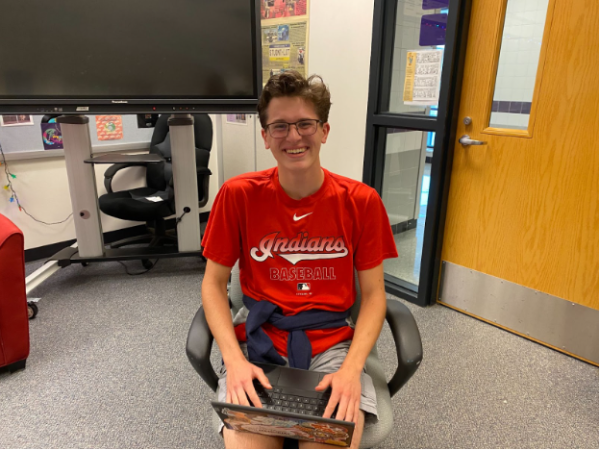Opinion: Language instruction should be restructured in America
American language should be reconstructed to create a more cultured society.
March 10, 2022
On a vacation to Europe, American tourists might discover something surprising: almost everyone, regardless of nationality, seems to know multiple languages.
Indeed, bilingualism is common in Europe. According to the European Union, 64.6 percent of EU citizens know at least one foreign language. With small European countries stacked atop one another, knowledge of multiple languages is useful and often necessary.
In America, however, only about 20 percent of the population is bilingual. Such is the product of several causes.
Unlike most countries, the United States is massive and unified by a single language. Despite America’s immensity, over 98 percent of her citizens speak English.
Floridians, Alabamans, and Alaskans all understand each other – one can explore every region of the country with nothing beyond an English education. Moreover, life here is good – Americans have access to all the world’s commodities and resources, and needn’t leave the country in pursuit of better opportunities. This is why half of all Americans have never traveled abroad.
Protected by geography, in possession of incredible wealth, and blessed with natural geographic beauty, Americans have more than enough of what they need right here.
When Americans do travel abroad, though, they find a world catering to their interests. At resorts and tourist destinations, especially in impoverished countries reliant on tourism, local employees need to know English. But the basic functions of the tourist – shopping, dining, sightseeing – only require the knowledge of a few basic foreign words. There is no necessity for language learning, and thus no desire for it.
In some cases, public education provides little help. Many courses prioritize reading, writing, and memorization, often ignoring the necessity of speech and listening. When a child learns his first language, he starts by listening to fluent speakers, like his parents. Next, he begins to speak. Reading and writing come later, and only after speaking and listening skills solidify.
Second-language education, additionally, often comes too late. Before the age of 7, the human brain is malleable – highly adaptable. It can absorb new linguistic information with ease. But by high school, the brain is less receptive to new language information. This reality, combined with the lack of foreign-language immersion opportunities in our monolingual society, makes the learning of new languages difficult.
This isn’t a black mark on America, or on American character; similar situations arise in other countries with native languages that are spoken worldwide. In France, for instance, only 20 percent of citizens are bilingual. However, America lies at the crux of historic demographic changes – and these changes, in their rapidity, necessitate a radical transformation of the American attitude toward language.
Given unprecedented spikes in legal and illegal immigration, America is becoming a multilingual country. The majority of modern immigrants are from outside Europe, so knowledge of Spanish and Arabic is increasingly useful. In response to these changes, we need to be proactive.
Language education that comes too late, and the lack of initiative accompanying it, are unfit for the immediate future. To adapt, schools need to restructure language education, teaching foreign languages at a younger age and with more urgency. In doing so, Americans can produce a more cultured society, one where everyone is prepared for a multilingual future.




